Teaching Reference Today
Published by Rowman & Littlefield
A wholly owned subsidiary of The Rowman & Littlefield Publishing Group, Inc.
4501 Forbes Boulevard, Suite 200, Lanham, Maryland 20706
www.rowman.com
Unit A, Whitacre Mews, 26-34 Stannary Street, London SE11 4AB
Copyright 2016 by Rowman & Littlefield
All rights reserved. No part of this book may be reproduced in any form or by any electronic or mechanical means, including information storage and retrieval systems, without written permission from the publisher, except by a reviewer who may quote passages in a review.
British Library Cataloguing in Publication Information Available
Library of Congress Cataloging-in-Publication Data Available
ISBN 978-1-4422-6391-8 (cloth : alk. paper)
ISBN 978-1-4422-6392-5 (pbk : alk. paper)
ISBN 978-1-4422-6393-2 (ebook)
 The paper used in this publication meets the minimum requirements of American National Standard for Information SciencesPermanence of Paper for Printed Library Materials, ANSI/NISO Z39.48-1992.
The paper used in this publication meets the minimum requirements of American National Standard for Information SciencesPermanence of Paper for Printed Library Materials, ANSI/NISO Z39.48-1992.
Printed in the United States of America
Introduction
Reference is an evolving outreach service in todays libraries, as some things have changed while others have remained the same. Some of the changes to reference are technological, as users are afforded the means to reach librarians 24/7 via chat or instant messaging. Even technology enhancements to search systems have given users access to a plethora of self-directed and discoverable online content, both free and proprietary. Yet there have been also shifts in reference attributed to economic pressures arising from stagnant or declining budgets and professional workforces in libraries of all types, whether special, academic, or public. In some cases, libraries have had to make tough choices in weighing costs against benefits for resources and services to ultimately set priorities in the best interest of their user communities. Of course, there are innumerable methods and factors for libraries to consider in making decisions that may bring about change in library resources and services.
One thing that is certain is that there is no one-size-fits-all for reference services, whether it is a small academic library deciding to have a single-service desk that combines reference and circulation or a large public library system electing to hire and train paraprofessionals to serve at the reference desk. In many ways, this reference evolution could be best understood as a revolution in that there has been a call for libraries to devise innovative initiatives and programs that may require the consideration of new roles, skills, theories, and methods of approach. In developing these new directions and approaches to reference, library students and trainees may be required to delve into disciplines outside the field of library and information science, such as business administration or communications, in order to be highly effective.
While there has been much discussion in the library literature about the many changes happening to reference, there has been little offered in terms of revisions to teaching reference. The purpose of this book is to contribute to the ongoing conversation about teaching the many facets of reference service, especially new/ever-changing roles, skills, theoretical approaches, and design considerations. Along with the changes, there are many existing values and skills in reference service still worthwhile to teach that have been included in this book.
Most basic reference courses at American Library Associationaccredited library schools still adhere to a curriculum centered on the four foundational functions of reference. First presented by Samuel Green at the end of the nineteenth century, these foundational functions are Answering Questions, Teaching, Readers Advisory, and Promoting Community. Few in the library profession would dispute the importance of Greens functions in a basic reference course. Yet today, these functions are not entirely immutable. For instance, Answering Questions has morphed into Question Negotiations, while Teaching has been denoted as Information Literacy Instruction, now bearing in mind the Framework for Information Literacy for Higher Education of the Association of College and Research Libraries. Even Readers Advisory has expanded to include the development of LibGuides and other online content, while Promoting Community has become marketing and, more specifically, relationship marketing.
Despite the importance of such a strong curricular foundation, it is essential for library students to be exposed to many of the evolving practices of reference, both in and outside the classroom. If the (r)evolution in reference demands changes that seek greater alignment with practitioners and libraries on the forefront of current reference practices, then aspects of the curriculum, assignments, and training sessions should reflect the real-world challenges of reference that are responsive to user communities and their needs. Striving to incorporate evolving aspects of reference service in the curriculum, many library schools have hired practitioners with the expectation that they will actively draw from their library experiences. Further to this end, library schools may have decided to expand the course offerings in reference. In this way, a basic reference course may be intended as a foundational course that could be built on by other courses dedicated to aspects of reference, such as Information Literacy, a topic worthy of an entire semester. Regardless of the degree of change in the reference curriculum at library schools, the image of reference professionals as merely fact checkers or walking encyclopedias of knowledge not only is obsolete but also diminishes the myriad responsibilities and skills required to be successful reference professionals today.
How may we better educate a new and current generation of reference professionals given the challenges they will likely encounter? What new tools and resources should library students learn to fully contribute to the new directions of reference services? What kinds of assignments could be devised to reinforce new skills and knowledge? What new approaches or theories could be applied to assist reference professionals in meeting the information-seeking needs of their users?
Drawing from contributors who are either practitioners or library school faculty, the chapters have been divided into five broad topic areas or sections. The first section, Evolution of Reference Values and Roles, includes chapters that are keen to instill reference values through assignments and to identify new reference roles, such as change agents, in the communities served or blended librarians, both integrated and embedded in institutions of higher education. Although these key values and roles do not represent an exhaustive list, they do give us a sense of how these values and roles have purpose and meaning to the community served.
In the second section, Teaching Theoretical Approaches to Reference, a sampling is offered in the way of theoretical approaches to reference. Chapters are focused on teaching and learning theories for improved user interaction or as a training tool for virtual reference, all grounded in the notion of reference as a form of instruction. On the other hand, there are chapters dedicated to fostering an enhanced understanding of reference as a complex form of communication that requires a skill set founded on the principles of emotional intelligence, mindfulness, and critical reflection. The final chapter in this section actively applies aspects of communication theory to reference interactions in what is known as intentional politeness.


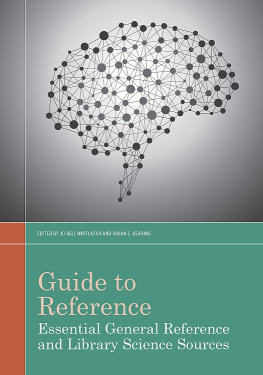
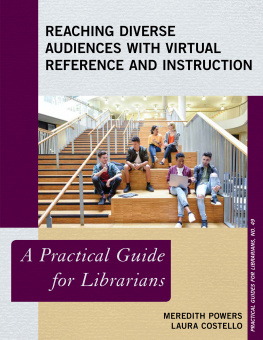
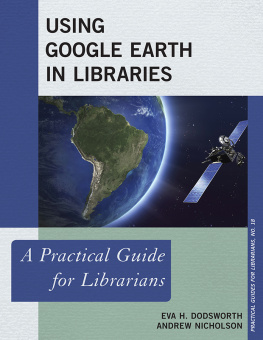

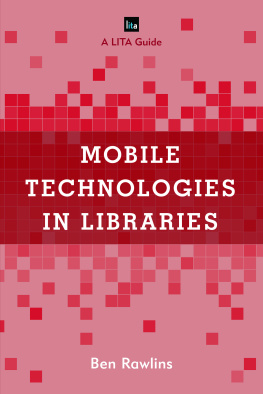
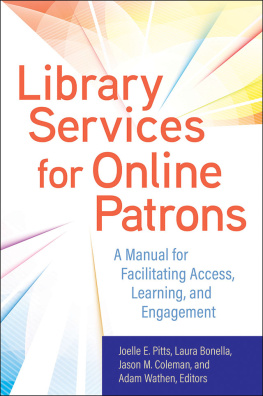
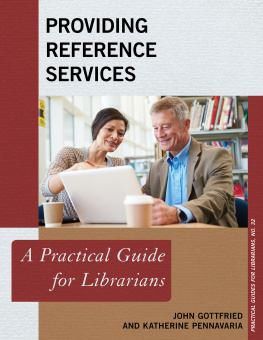
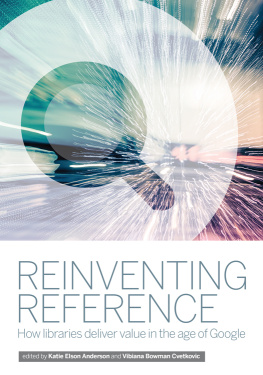
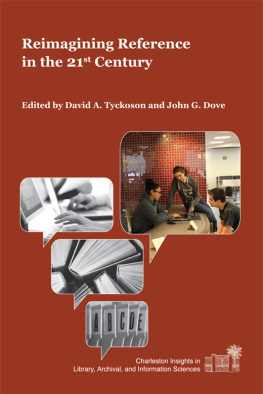
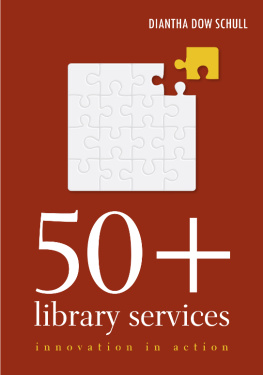
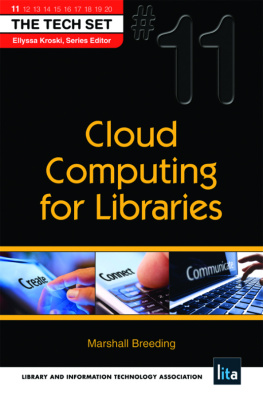

 The paper used in this publication meets the minimum requirements of American National Standard for Information SciencesPermanence of Paper for Printed Library Materials, ANSI/NISO Z39.48-1992.
The paper used in this publication meets the minimum requirements of American National Standard for Information SciencesPermanence of Paper for Printed Library Materials, ANSI/NISO Z39.48-1992.